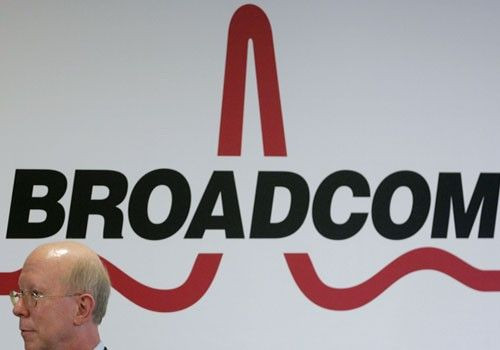Strong OTN Growth Attract New Players (PMCS, BRCM, NETL, ALTR)

Auriga USA LLC expects optical transport network to get increasingly crowded with players like PMC-Sierra Inc. (PMCS), Broadcom Corp. (BRCM), NetLogic Microsystems Inc. (NETL), and potentially even field-programmable gate array vendor Altera Corp. (ALTR) vying to build application specific standard products to target this space.
As the entry barriers in this space are coming down, we believe that players with high speed serdes (10G/28G) capabilities like Broadcom, NetLogic, and Altera may utilize this edge to take market share away from the traditional transport players, say analysts at Auriga.
Auriga analysts say the optical transport network at leading carriers is undergoing a transformation, where the legacy circuit switching system is giving way to a packet-optical transport system (P-OTS). As this transport system evolves towards 40G/100G speeds, Auriga's research shows that prospects for strong growth have attracted some unexpected newcomers.
While the 10G OTN (Optical Transport Network) segment is mostly dominated by Applied Micro Circuits Corp. (AMCC) and Cortina Systems (Private), most 40G/100G systems in production or in design stage are using field-programmable gate arrays (FPGA) to implement OTN functionality.
In the core of the service provider network, Auriga analysts expect most new build-outs to be done using 40G/100G interfaces. Auriga analysts view this positively for FPGA vendors, Altera and Xilinx Inc. (XLNX), as most new systems are using FPGAs to implement OTN functionality.
As standards mature, Auriga analysts expect 40G/100G OTN application specific standard products (ASSP) to emerge from a number of players. Auriga's checks are suggesting that Altera may use the Avalon acquisition to harden the OTN intellectual property (IP) to bring down chip prices. This impending competition has already forced Applied Micro Circuits to use Xilinx FPGAs for new 40G/100G designs and move away from Altera FPGAs.
Auriga's checks also suggest that Broadcom has hired away key talent from Applied Micro Circuits to build 40G/100G OTN ASSPs. Xilinx's acquisition of OTN expert Omiino could also lead to hardened OTN IP in future products.
As the FEC (forward error correction)/framer functionality gets increasingly well understood, we expect the edge to shift towards players with high speed serdes capabilities. We expect Broadcom, NetLogic and Altera to have an edge, since they already have or are building 10G/28G serdes for other higher volume segments, say analysts at Auriga.
© Copyright IBTimes 2025. All rights reserved.





















